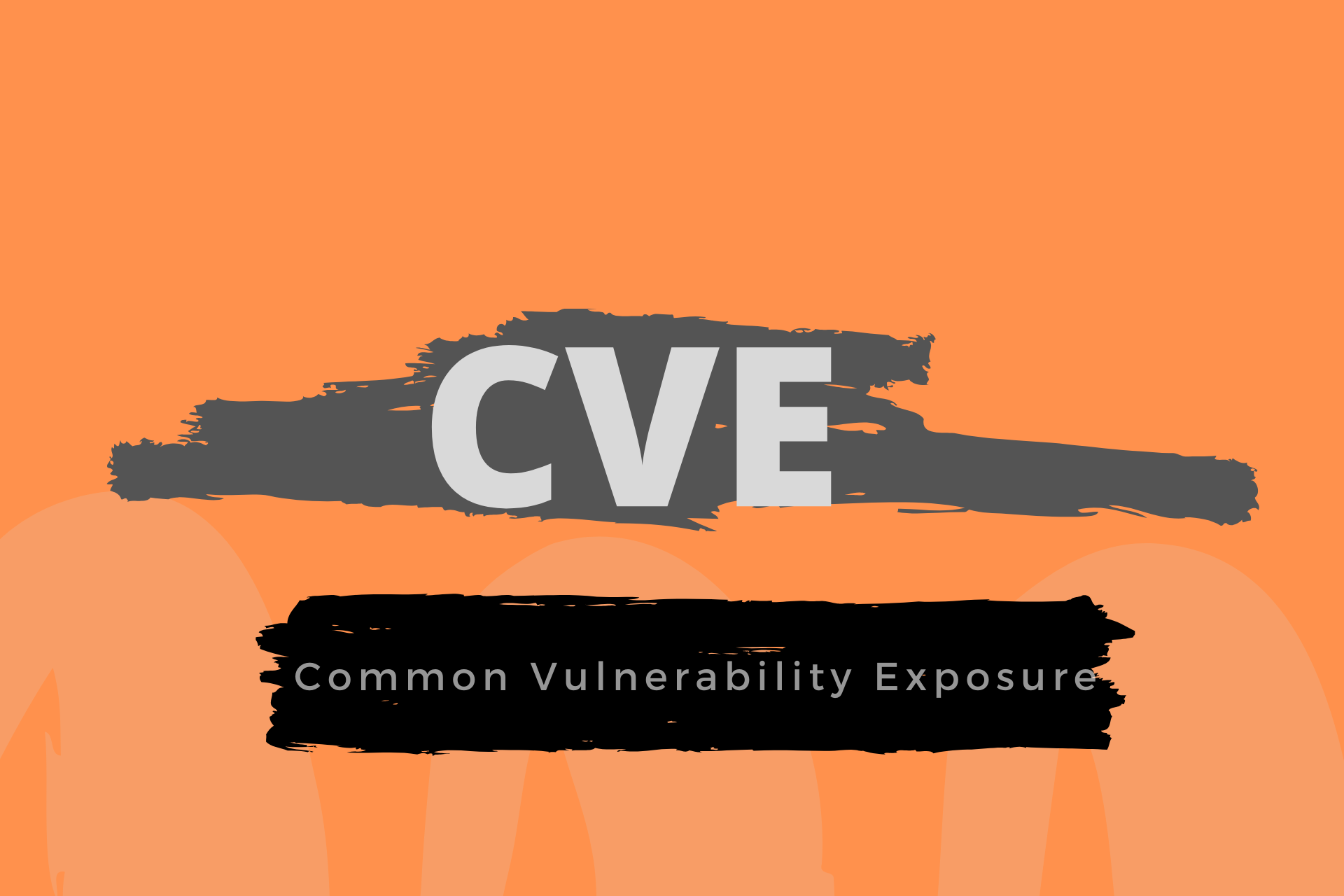The CVE or Common Vulnerabilities and Exposures, a platform aimed at sharing details about Zero-day and disclosed vulnerabilities.
Webopedia also defines CVE as a dictionary-type list of standardized names for vulnerabilities and other information related to security exposures. CVE aims to standardize the names for all publicly known vulnerabilities and security exposures.
Useful tips about CVE:
- It is run by the MITRE Corporation, a non-profit organization. (attack.mitre.org)
- The CVE aims to share vulnerability information easily and provide a standard for naming them.
- The CVE IDs are in the format ‘CVE-YYYY-NNNNN’, where YYYY stands for the year the vulnerability was made public or the CVE ID was assigned.
- It also provides the Common Vulnerability Scoring System (CVSS) that defines the severity of a disclosed security flaw. The CVSS score ranges from 0.0 to 10.0; a higher score indicates a higher severity level.
- The common vulnerabilities and exposures (CVE) program has been around for quite some time now, helping organizations improve their cybersecurity posture by providing a wealth of knowledge about vulnerabilities and exposures.
- It creates a standardized identifier for every vulnerability or exposure disclosed, so they can be accessed easily across multiple sources.
In this article, we’ll explore the basics of CVE. But before that let’s quickly recap what vulnerabilities and exposures are.
Vulnerability
Vulnerability is a security flaw that may be exploited to perform cyber attacks. Criminals use a number of ways including SQL injection, cross-site scripting, and buffer overflows to look for vulnerabilities to exploit.
Many organizations invest in specialized teams that test for vulnerabilities and provide security patches. The causes of vulnerability include weak passwords, operating system flaws, unintentional development bugs, and unchecked user input, among others.
Exposure
Exposures are unintentional issues or errors that allow unauthorized access to a network or system.
Some of the massive data breaches are the result of exposures. A recent example of this is a record showing data breaches and cyber attacks in October 2019 alone, where 421 million records were breached.
These attacks usually come in form of Cyber attacks, Ransomeware, Data breaches, Financial information or PII data leaks, malicious insiders and miscellaneous incidents
CVE: Weighing the benefits and risks
CVEs are publicly available and may be exploited by malicious actors to launch cyberattacks. However, the benefits overshadow this risk.
- CVE only lists publicly disclosed vulnerabilities and exposures. This allows individuals and organizations to be aware of the security flaws and available patches.
- While organizations need to take care of several vulnerabilities to ensure security, a hacker needs to find just one flaw to exploit. This reinforces the importance of sharing details about vulnerabilities and exposures.
This article provides an elemental outline of CVE. For more details, you can refer to the official CVE website.




